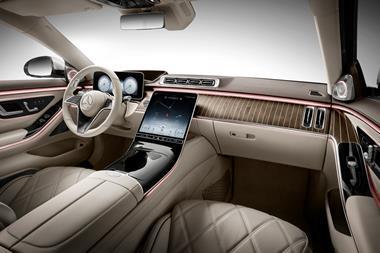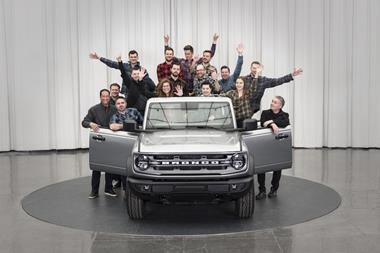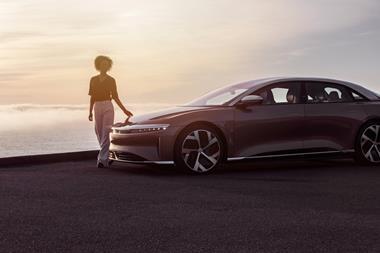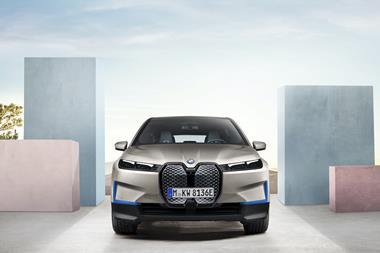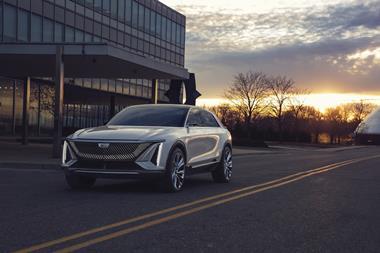Where next for SUV design?
By Michael Nash2021-10-18T13:44:00
The success of SUVs has been remarkable story but has brought with it an aesthetic homogeneity. Can designers harness electrification and new technology to reinvigorate the segment?
Predictable, safe and a little dull. For many, this is a fair description of the SUVs that have flooded the market over the past few years. These new models often look identical to ones that have come before, suggesting a lack of ideas or perhaps an unwillingness to push the boundaries of design. It is understandable – SUVs, after all, sell incredibly well. So much so that the format’s success has, in the US market, precipitated a steep decline in the three-box sedan. But success can breed complacency, and now the challenge for designers is to reinvigorate the format.
“It’s natural that automakers want the broadest possible appeal in the largest segment at this point in time,” says Todd Willing, Ford’s global design director, trucks and SUVs. “The inputs are likely to be similar; near-term trends, analysis of competitive offerings, and even testing advanced product with customers of today as companies seek assurance that their investments are well placed can tend to limit larger shifts in either formats or aesthetics. Exceptions to this can be those that are more focused with authentic purpose and iconic heritage that create a deeper connection with owners.” Amid the homogeneity there have been some notable successes.















